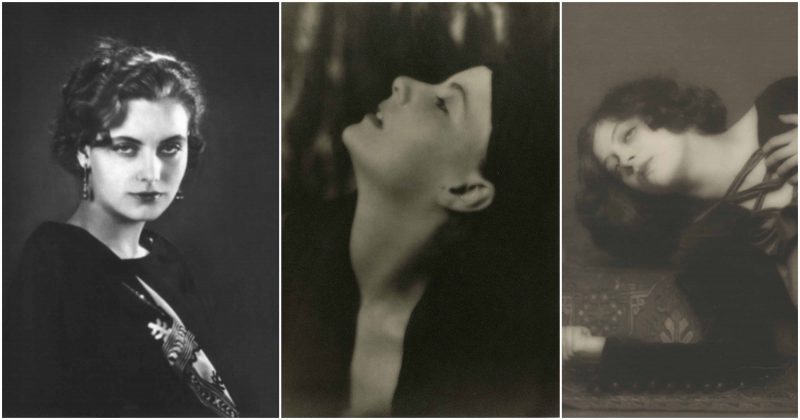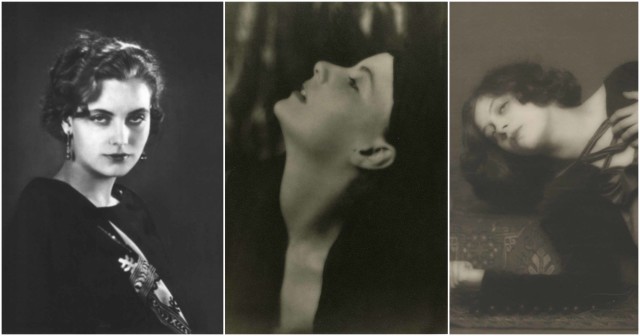
Garbo was an international superstar during the late silent era and the “Golden Age” of Hollywood and is widely regarded as a cinematic legend. Almost immediately, with the sudden popularity of her first pictures, she became a screen icon. For most of her career, she was the highest paid actor or actress at MGM, making her for many years it’s “premier prestige star.” The April 1990 Washington Post obituary said that “at the peak of her popularity she was a virtual cult figure”.
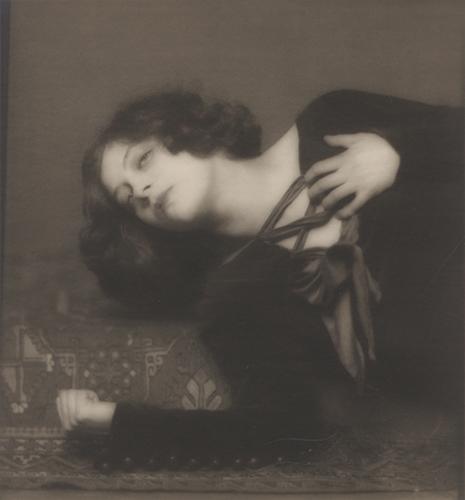
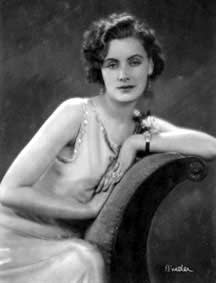
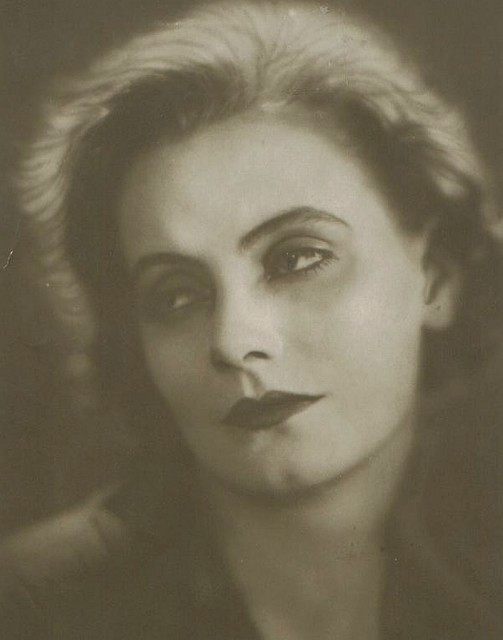
Garbo launched her career with a secondary role in the 1924 Swedish film The Saga of Gosta Berling. Her performance caught the attention of Louis B. Mayer, chief executive of Metro-Goldwyn-Mayer (MGM), who brought her to Hollywood in 1925. She immediately stirred interest with her first silent film, Torrent, released in 1926; a year later, her performance in Flesh and the Devil, her third movie, made her an international star.
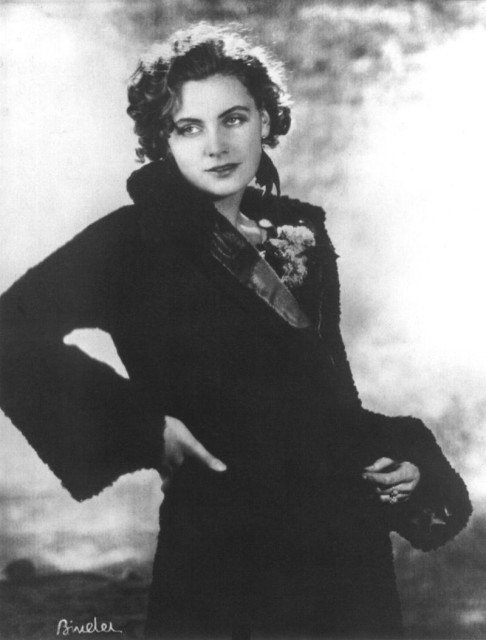
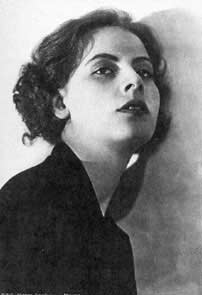
Garbo possessed a subtlety and naturalism in her acting that set her apart from other actors and actresses of the period. About her work in silents, film critic Ty Burr said “This was a new kind of actor—not the stage actor who had to play to the far seats but someone who could just look and with her eyes literally go from rage to sorrow in just a close-up.’Film historian Jeffrey Vance said that Garbo communicated her characters’ innermost feelings through her movement, gestures, and most importantly, her eyes. With the slightest movement of them, he argues, she subtly conveyed complex attitudes and feelings toward other characters and the truth of the situation. She doesn’t act,” said Camille co-star Rex O’Malley; “she lives her roles.” Director Clarence Brown, who made seven of Garbo’s pictures, told an interviewer “Garbo has something behind the eyes that you couldn’t see until you photographed it in close-up. You could see thought. If she had to look at one person with jealousy, and another with love, she didn’t have to change her expression. You could see it in her eyes as she looked from one to the other. And nobody else has been able to do that on screen.” Director George Sidney adds “You could call it underplaying, but in underplaying she overplayed everyone else.”
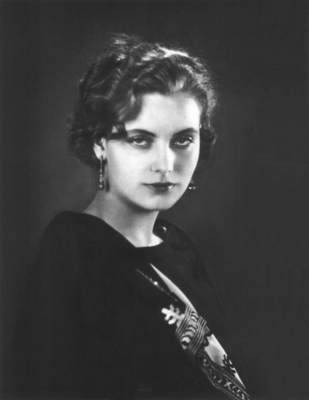
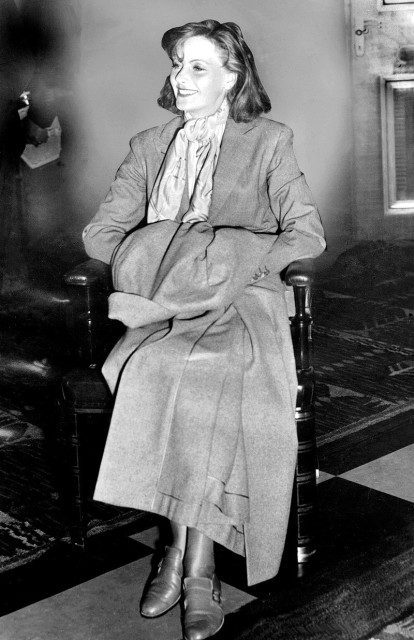
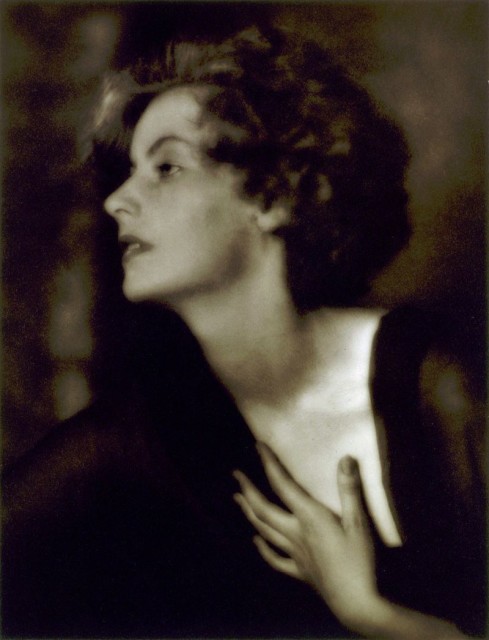
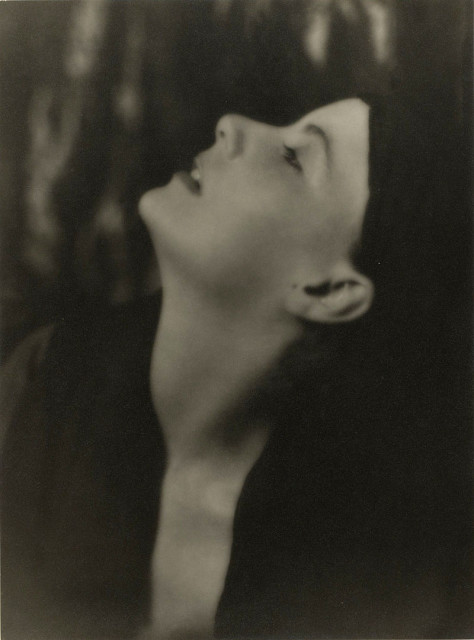
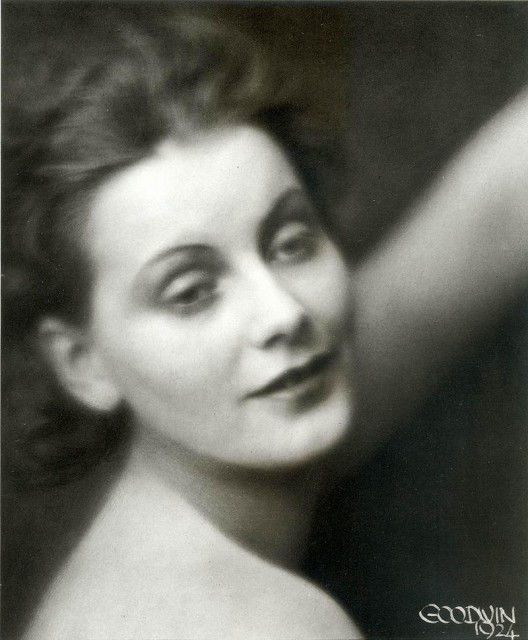
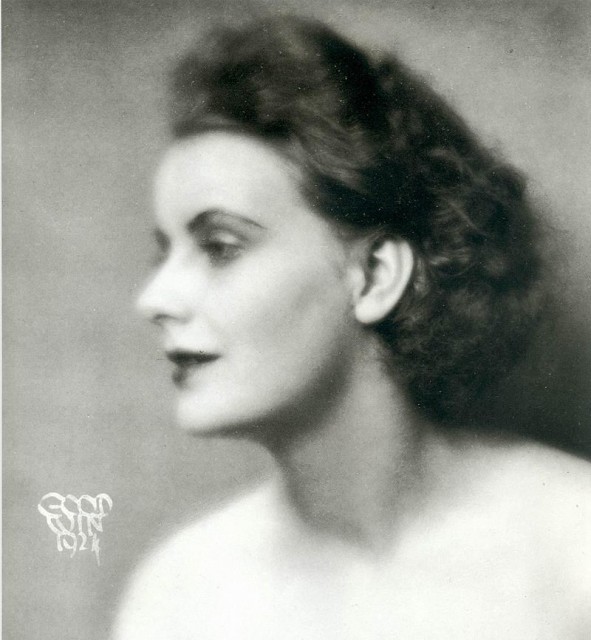
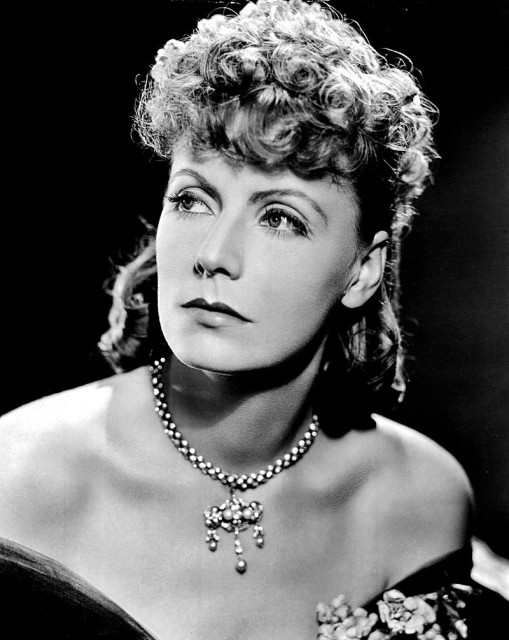
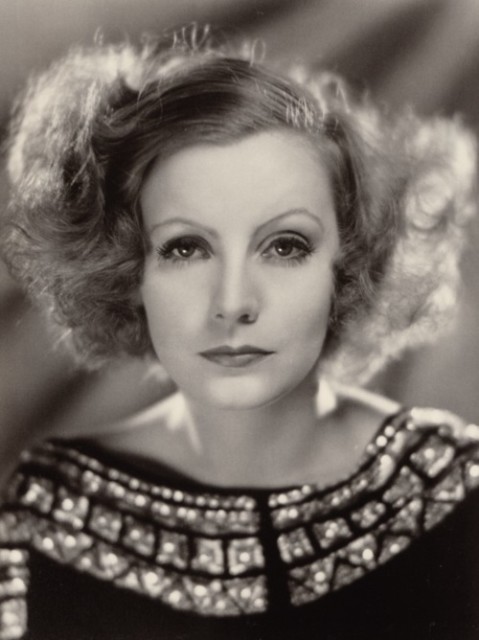
Many critics have said that few of Garbo’s twenty-four Hollywood films are artistically exceptional and that many are simply bad. It has been said, however, that her commanding and magnetic performances usually overcome the weaknesses of plot and dialogue. As one biographer put it, “All moviegoers demanded of a Garbo production was Greta Garbo.”
